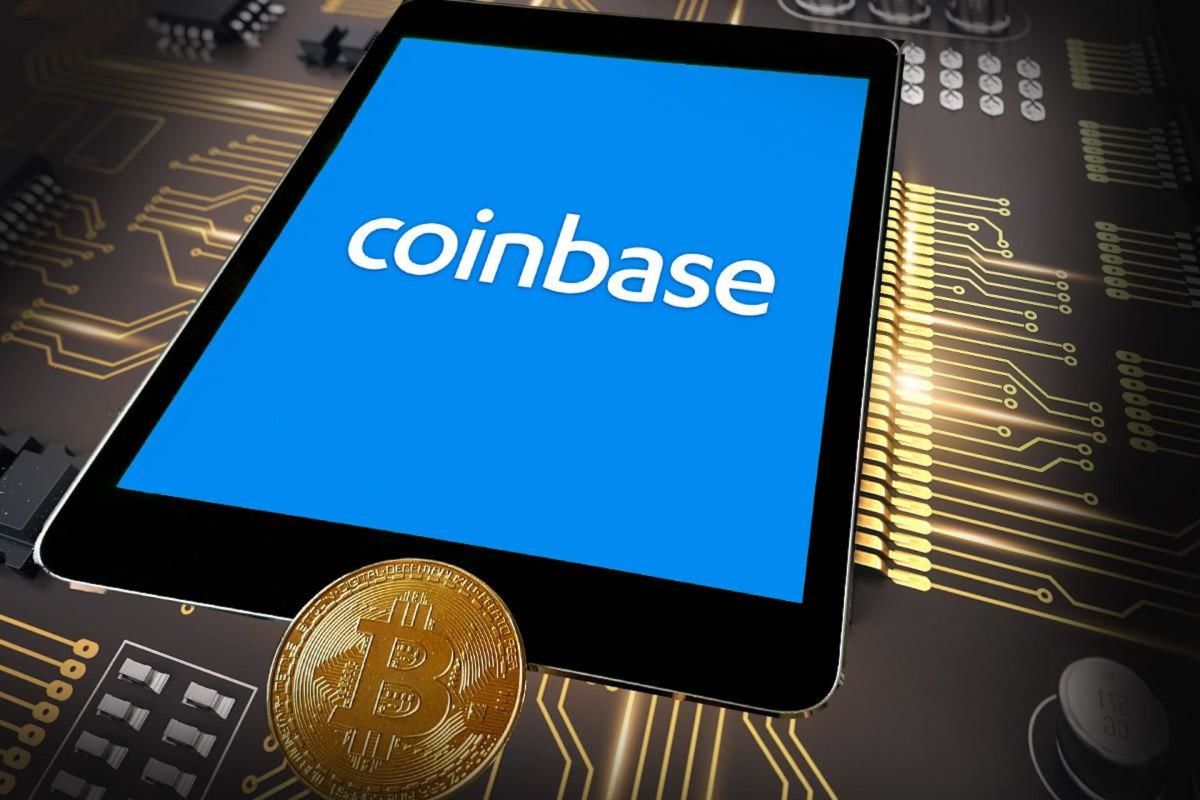Coinbase (COIN) , the most popular crypto exchange in the United States, has big ambitions.
These ambitions focus on conquering new countries, which would allow the crypto exchange to expand its audience and also increase its revenues and profits at a time when crypto trading volumes are slowing in the United States.
One of the cornerstones of this international expansion is India, a country of 1.38 billion people.
"Namaste, India! 🇮🇳" CEO Brian Armstrong solemnly declared on April 4 in a blog post. He accompanied the message with the country flag.
"India has built a robust identity and digital payments infrastructure and implemented it at rapid scale and speed. Combined with India’s world class software talent, we believe that crypto and web3 technology can help accelerate India’s economic and financial inclusion goals," Armstrong wrote, announcing that he's been touring the country.
He added that Coinbase will host a crypto community event on April 7 in Bangalore to discuss the future of crypto and web3 in India.
"This week, I’ll be joining members of our executive team as we meet with students from top universities, crypto founders, Indian entrepreneurs, and crypto evangelists," the entrepreneur said.
"India is a magical place, and I believe crypto has a big future here. We’re excited to help build that future, and this event is an important step," he concluded.
A few days later, on April 7, Coinbase announced that crypto investors could now use the country's online retail payments system to transfer funds to the platform. This system is known as United Payments Interface or UPI, and it's a government-regulated payments system.
It's run by an entity, the National Payments Corporation of India that's part of the country's central bank.
But three days after the announcement, Coinbase suspended transfers of rupees, the local currency, to its trading app. The company did not give a reason for this abrupt stop but it could be that the reason is due to the fact that the authorities were not aware of Coinbase's projects.
"With reference to some recent media reports around the purchase of Cryptocurrencies using UPI, National Payments Corporation of India would like to clarify that we are not aware of any crypto exchange using UPI," NPCI posted on Twitter.
The impact is colossal since Coinbase customers now find themselves without the means to fund their accounts with rupees.
"As of April 10, buys are currently disabled due to an ongoing issue we’re experiencing with the UPI system," Coinbase said on its Indian website. "We’re working hard to resolve the issue, and we advise that you check your account periodically to see if the issue is fixed."
It continued: "Note that we don’t support another payment method to buy crypto at this time. Thank you for your patience and understanding."
Coinbase did not immediately respond to a request for comment.
The Coinbase misadventure illustrates the difficulties of the crypto sphere in India where lawmakers last month adopted a 30% tax on profits generated by cryptocurrencies. In doing so, lawmakers treat crypto as the profits generated by gambling which are taxed to the maximum.
Another tax on all crypto transactions over a certain amount is due to take effect on July 1.
India is, with Vietnam, one of the countries where the adoption of crypto is the most widespread, according to data and research firm Chainalysis.
"It is estimated that over 100 million people, 7.30% of India’s total population, currently own cryptocurrency," TripleA, a Singaporean crypto fintech firm, said in a recent report.
"The daily average trading volumes of different cryptocurrencies rose as much as 500 percent in volumes during the period of March 2020 to February 2021.(2) Many are open to the idea of crypto as they explore alternative ways to store their wealth," the report said.
It added that: "Indian workers, including software developers, content creators, and those who work with global firms, are reportedly choosing to get paid increasingly in cryptocurrency over traditional money due to the ease of transferring it across borders, and lower transaction costs compared to bank transfers."
Author
Administraroot


